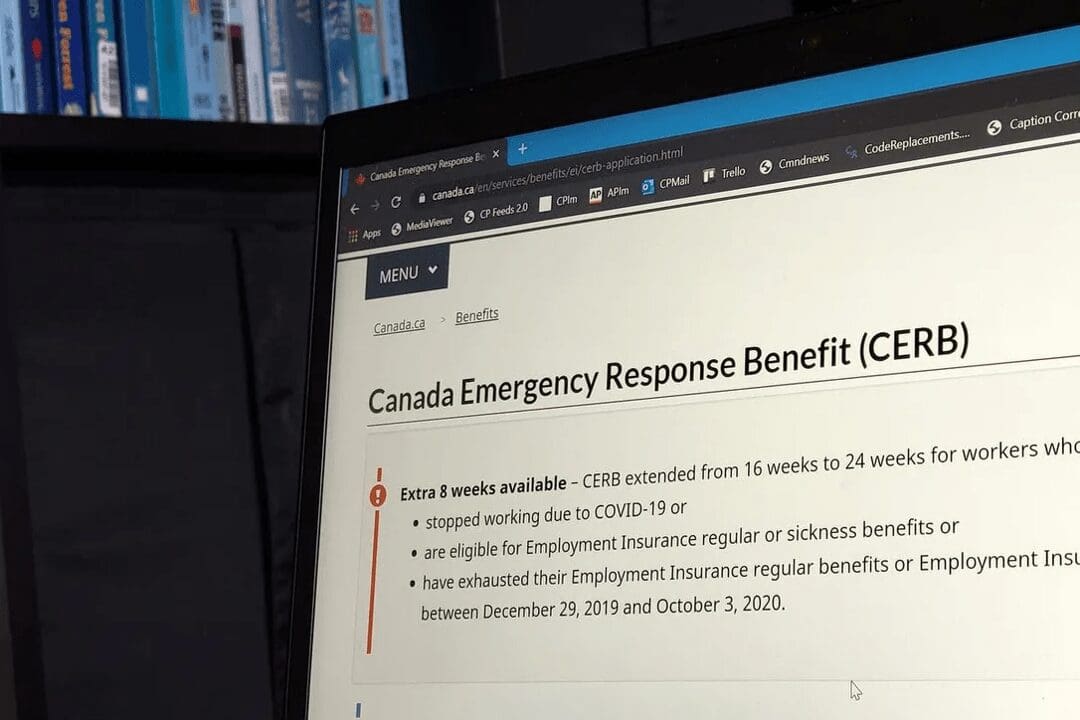By: Ghada Alsharif.
See original post here.
While COVID-19 wreaked havoc on the labour market, income inequality saw a significant decrease thanks in large part to pandemic support programs — which led to a growth in household after-tax income, according to new census data released Wednesday by Statistics Canada.
It’s a finding that experts say presents a strong case to implement basic income programs to support low-income households in Canada.
Canadian incomes trended higher in 2020, except in Alberta and Newfoundland and Labrador, according to StatsCan. The median after-tax household income increased 9.8 per cent to $73,000 in 2020 compared to the previous national survey five years ago, when median household after-tax income grew 4.5 per cent from 2010 to 2015.
Statistics Canada attributes the jump in household income largely to federal government transfers throughout the pandemic, despite fewer Canadians receiving employment income during that time as COVID-19 upended the labour market.
About two-thirds of Canadian adults received payments from relief programs such as the Canada Emergency Response Benefit (CERB).
“After-tax income growth was faster for households with lower incomes, reflecting greater contributions of the Canada Child Benefit and pandemic relief benefits to the incomes of lower-income families,” the agency said.
The decline of income inequality from 2015 to 2020 was accompanied by a decrease in the percentage of Canadians living with low income. Overall, 11.1 per cent of Canadians were in a low-income situation in 2020, down from 14.4 per cent in 2015 — the largest decline of any five-year period since 1976.
“What these data shows is that basic income works and I think if we have the political will to actually put an income floor under people, I think this is evidence to show some of the benefit,” says Elaine Power, a professor at Queen’s University and co-author of “The Case for Basic Income.”
As lower-earning jobs disappeared, Canadians earning less than $20,000 increased by more than 415,000. But compared with 2019, almost a million fewer Canadians reported no income. Overall, the low-income rate fell in 2020, especially for families with children benefitting from the Canada Child Benefit.
However, the agency cautioned that income trends presented in the data are a temporary snapshot as pandemic benefits have largely come to an end.
“Income trends could therefore remain unsettled into 2021 and 2022,” the agency said. “Some of the most striking developments for 2020, specifically the strong growth in household after-tax income and the drop in income inequality and in the low-income rate, are not expected to continue in 2021 and 2022 because the driving force behind the recent movements was temporary in nature.”
The data supporting that CERB was in many ways effective ought to encourage low-paying employers to rethink how they’re going to attract workers and improve terms of employment, says health economist Evelyn Forget, a professor at the University of Manitoba in Winnipeg and author of “Basic Income for Canadians: From the Covid-19 Emergency to Financial Security for All.”
“One of the benefits of a basic income and of CERB is putting money into people’s hands and letting people invest that money in things that benefit them and their families,” Forget says. “It empowers people to make their own decisions about their own lives. And I think that’s a very positive thing.”






















